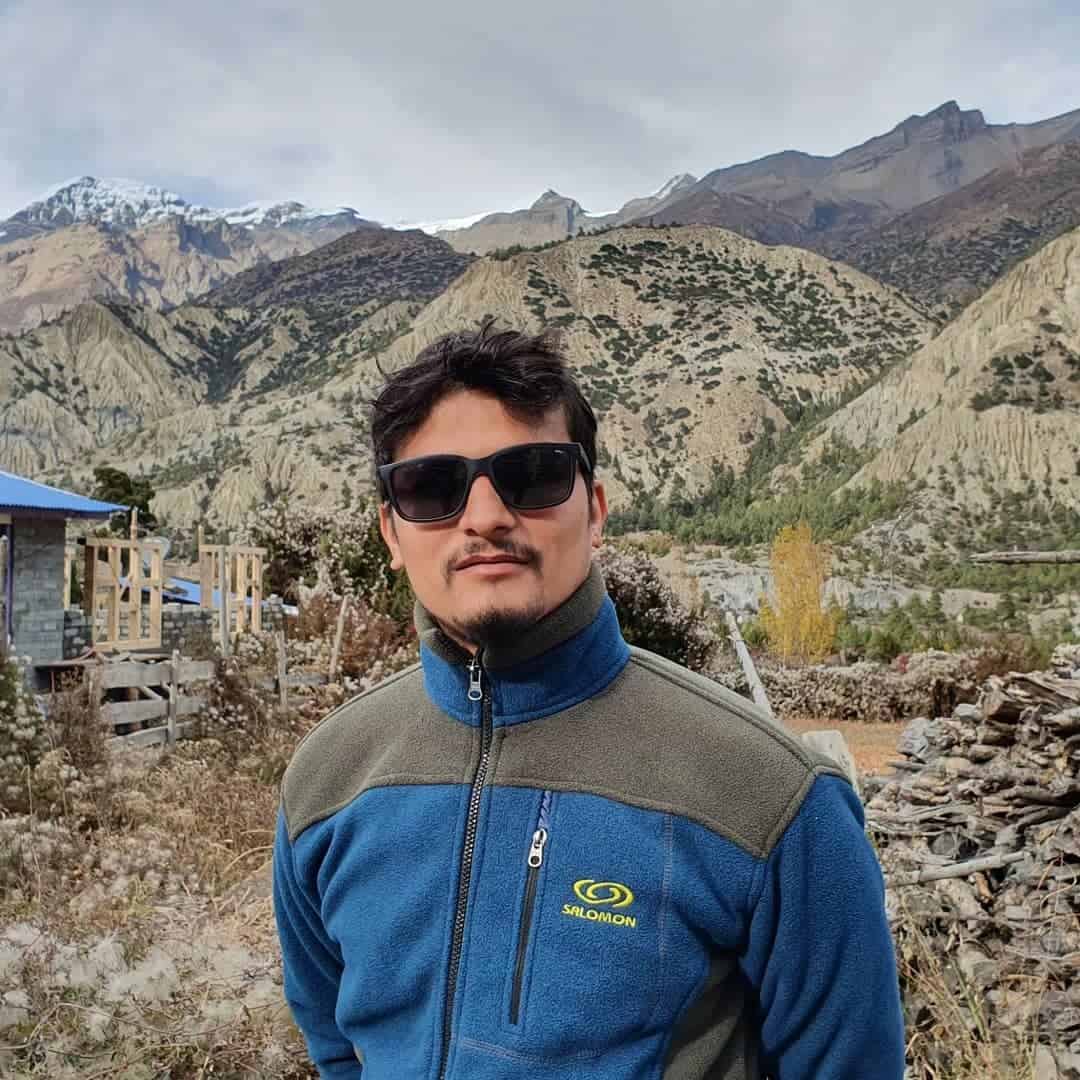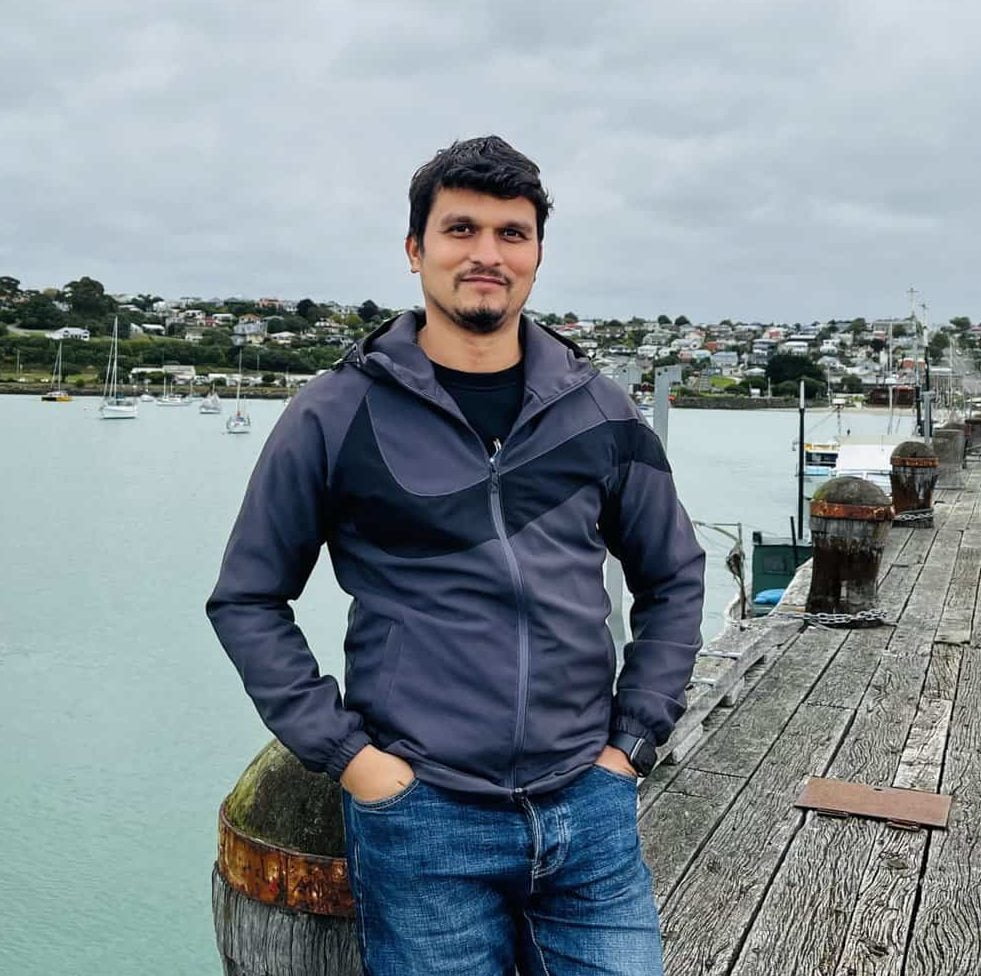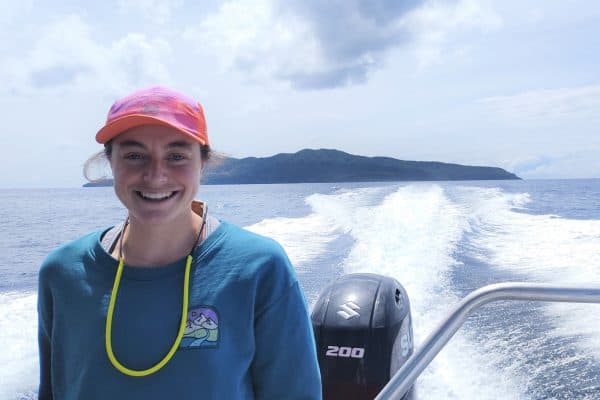Testing and Evaluation of Simulated Earthquake Rupture Catalogue for New Zealand
I was born and raised in Triveni, a village in the southern part of Nepal. I have a Bachelor’s degree in civil engineering and Master’s degree in geo-technical engineering from Tribhuvan University, Kathmandu. Following the 2015 Mw 7.8 Gorkha earthquake in Nepal I pursued a career in earthquake science and have been actively working on different seismic hazard projects ever since. I was also a lecturer at Tribhuvan University for 4 years prior to beginning my PhD.
I am currently in the second year of my Resilience Challenge-funded PhD research at the University of Otago, under the supervision of Prof. Mark Stirling (University of Otago) and Dr. Matthew Gerstenberger (GNS Science).
In my spare time, I enjoy travelling, hiking, playing badminton and watching movies.
My Project

As a part of Resilience to Nature Challenges Phase 2 (RNC2) project, a simulated earthquake catalogue has been developed for New Zealand using the Rate-State earthQuake Simulator (RSQSim). RSQSim uses a physics-based model of rupture nucleation and propagation to forecast long-term earthquake catalogues, for example, hundreds of thousands of years of earthquake rupture locations and associated magnitudes. The value of such a catalogue is that it effectively extends the short, 180-year historical record of earthquakes in New Zealand. However, there is currently no way of testing and evaluating the outputs of such catalogues to ensure that they constitute realistic, sensible output. The goal of my PhD project is to develop methods to test and evaluate the simulated catalogue. My initial work is focused on evaluating the simulated catalogue produced from the 2010 National Seismic Hazard Model fault source model and updated community fault model.
Next Steps
My next step will be to produce a classical probabilistic seismic hazard map of New Zealand using the earthquake catalogue form RSQSim. This study will also focus on forecasting seismic hazards in New Zealand for next 50, 100, 150 years using scenario-based seismic hazard models.




